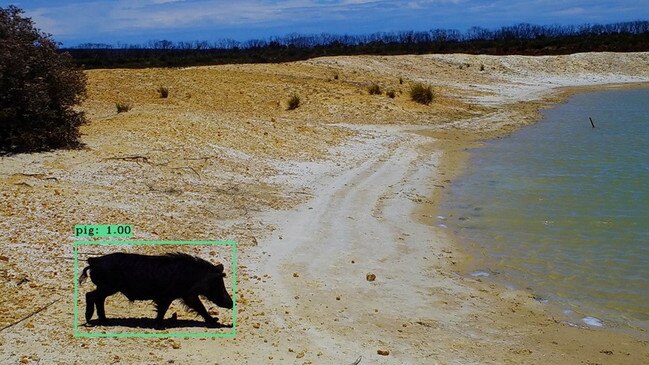How Kangaroo Island eradicated feral pigs
They cause millions of dollars of damage to farmland each year but Kangaroo Island has successfully has eradicated its feral pig population.
A program to eradicate feral pigs from a southern Australian island has been deemed a tentative success.
The Kangaroo Island feral pig eradication program has removed more than 870 feral pigs, with the last unaccounted boar seen in November 2022.
And while there’s a risk a small number of feral pigs may remain in isolated regions of the island, the program has officially moved to its final phase.
Once eradication is confirmed at the end of the two-year final phase, Kangaroo Island will be the largest island globally where feral pigs have been eradicated.
National Feral Pig Management co-ordinator Heather Channon said the eradication team worked with more than 300 landholders during the program.

“A fundamental requirement of an eradication’s success is to ensure access to an entire area – without it feral pigs can hide in areas where control cannot be completed,” Dr Channon said.
Dr Channon said the 2019-20 bushfires devastated extensive areas of the island, but also provided an opportunity to focus on eradicating surviving numbers of feral pigs, estimated at between 500 to 1000.
Using a combination of thermal assisted aerial culling operations across more than 700,000ha, HOGGONE bait, and thermal ground shooting, pigs were targeted and culled beginning September 2020.
Dr Channon said the program demonstrated the importance of community engagement in pig management, while also using data to make informed decisions.
“An example of this is photos captured from field cameras providing evidence of feral pig presence and informed the planning, budgeting, design and conduct of management activities,” Dr Channon said.
“The Kangaroo Island community no longer needs to expend resources or funding to be prepared for feral pig impacts in the future.”
The South Australian government has dedicated $367,000 to the final stage of the program, with a further $230,000 from the Landscape Priorities Fund for a monitoring program, including field staff operating 500 cameras and DNA analysis of waterways.




